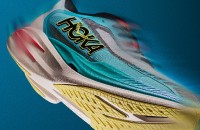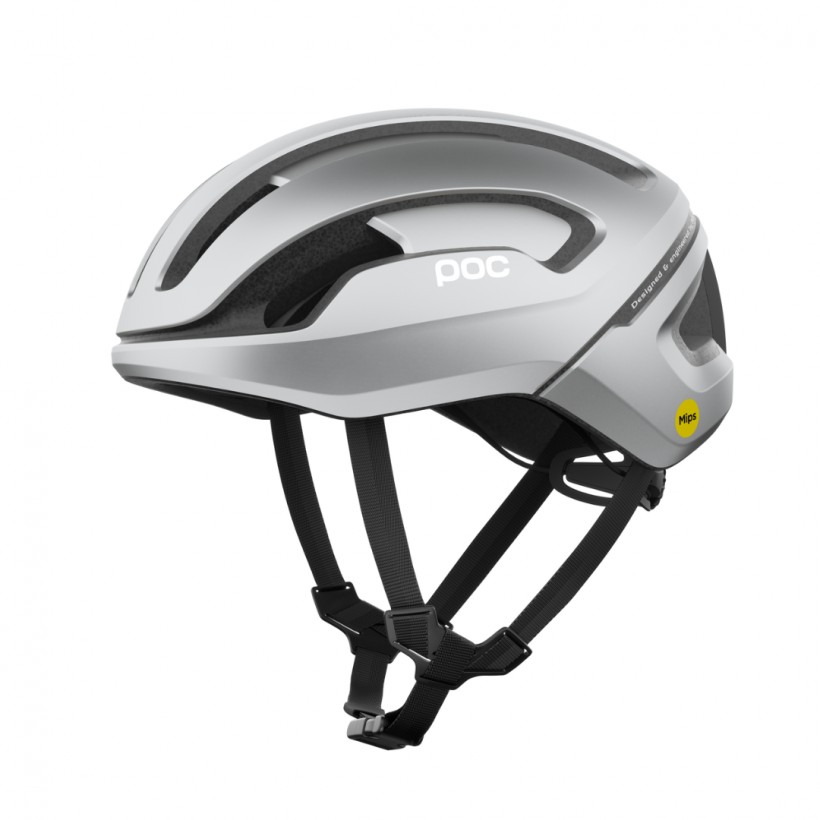POC Omne Air Mips Helmet Gray
The POC Omne Air MIPS helmet is designed for road cycling, offering great comfort and safety. Optimum liner density and thicker core protection zones provide ideal all-round safety, while ventilation channels and low weight offer optimal comfort and functionality on longer rides.
Comfort and functionality: POC Omne Air Mips
The POC Omne Air MIPS helmet is designed for road cycling, offering great comfort and safety. Optimum liner density and thicker core protection zones provide ideal all-round safety, while ventilation channels and low weight offer optimal comfort and functionality on longer rides. Taking POC's full-face helmet approach to construction, the helmet offers superior levels of comfort, fit and performance, and features a number of safety systems, including MIPS for added protection against rotational impacts.
Characteristics:
slim profile
360° adjustable fit system
Integra Mips:
The latest technology from brain protection specialists Mips improves protection against rotational impacts
PC shell:
The PC shell improves the structural integrity of the helmet.
Garage Eye:
Easily store sunglasses in the Mid Ride Helmet.
Eps coating:
A lightweight Eps liner provides optimized protection
Adjustable 360° Fi:
A 360° adjustment system makes it easy to find a secure and comfortable fit
slim profile:
The slimmer helmet profile helps keep weight down.
Technologies:
MIPS
MIPS is a leading flat-shift technology within the helmet, designed to reduce rotational forces that can result from certain impacts. When a head rotates rapidly and comes to a sudden stop, the rotational acceleration can cause high levels of stress on brain tissue. The stretching of the tissue caused by these movements can lead to several types of brain injuries.
We believe that helmets equipped with MIPS technology can add a higher level of protection against certain types of impacts. MIPS uses a flat displacement system that moves inside the helmet, mimicking the brain protection system itself. This layer is designed to rotate within the helmet with the intent of potentially slowing down or reducing the amount of energy transferred to or from the head.
Science tells us that if we can reduce the stress associated with rotational acceleration, we could reduce the risk and severity of brain damage.






















































